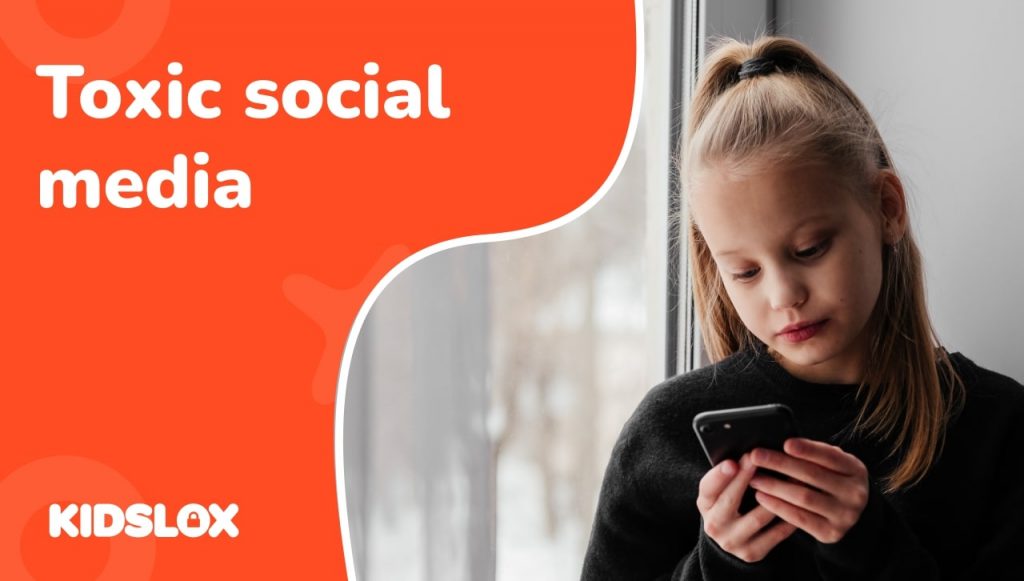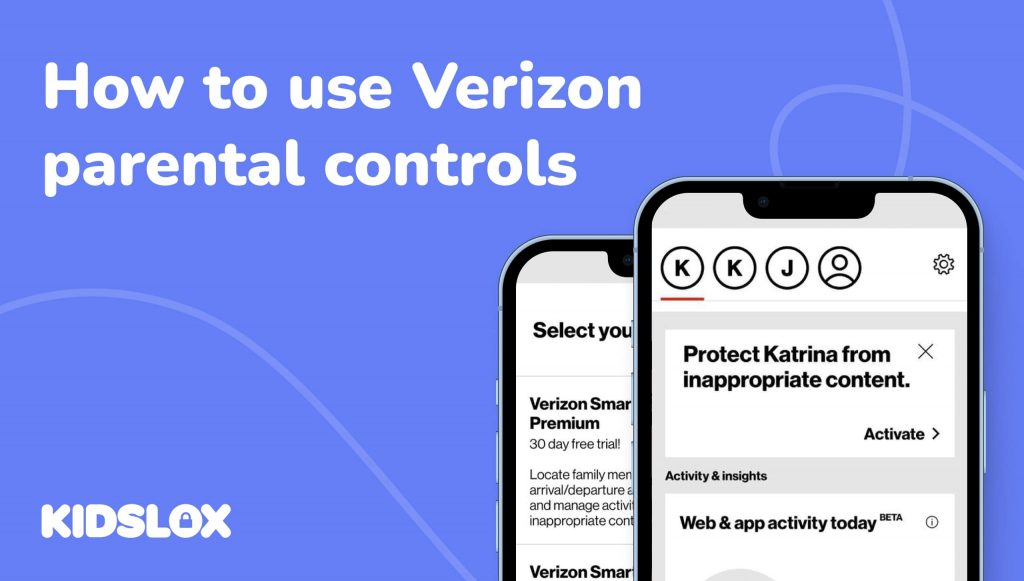Today’s kids have plenty of ways to communicate digitally. From text messaging to social media, there are seemingly endless options for staying in touch. But one option that remains popular among kids (and parents) is email.
Email, the digital version of snail mail, might seem like a relic in the modern age of instant gratification. But it’s still a popular way for kids to communicate, and stats continue to show that the service isn’t going anywhere soon.
If you are a parent, you may wonder if email for kids is a safe option for your child. And if so, what are the best options out there for child-friendly email providers?
Let’s look at why email for kids remains popular and how you can ensure your child’s safety while using the service. This article will also recommend some of the best kid-friendly email providers.
Why Email for Kids Is Still Popular
If you are a parent of young children, you likely remember the days of the first AOL CDs that promised a free email account.
And while AOL is no longer the most popular email service, email, in general, remains a go-to communication method for kids and adults alike.
Why has email maintained its reign – even with kids? Here are a few reasons why:
1. Email Is Required for Most Social Media Accounts
One of the main reasons email is still popular among kids is that most social media platforms require an email address for registration.
While some adults may be able to get by without a social media account, for kids, it’s pretty much a necessary evil for staying in touch with friends.
2. An Email Account Is More Private Than Some Other Communication Methods
Email is also a popular option for kids because it offers more privacy than other communication methods.
For example, if your child sends an email, only the person with the email address can read it. But if your child texts or posts to social media, anyone – including adults – can see what’s being said.
The federal Children’s Online Privacy Protection Act requires online email providers to avoid collecting data on children without consent.
3. A Personal Email Account is Preferred by Schools and Organizations
Another reason email is popular among kids is that many schools and organizations still use the service for communication.
For example, your child’s teacher may email periodic updates about the class. And if your child is involved in extracurricular activities, the coach or group leader may also communicate via email.
4. Email is Easy to Learn and Use
Finally, email is popular among kids because it’s relatively easy to use. Sure, some features can be confusing, like copy and blind-copy.
But overall, using email is a pretty straightforward process – even for kids who may be used to communicating via text or social media. As long as they know the basic digital ground rules, they’ll quickly master their email account.
Tips for Ensuring Your Kid’s Email Account is Safe
Now that we’ve looked at why email remains popular among kids, let’s talk about safety.
Like with any other online activity, some risks are associated with your child’s account. But there are also steps you can take to help ensure your child’s safety online.
Here are a few tips for keeping your kid’s email safe:
1. Choose a reputable email provider.
One of the best ways to ensure your child’s safety while using email is to choose a reputable email provider.
There are dozens of options out there, but not all of them are created equal. Do some research to find an email provider that offers features like two-factor authentication and spam filtering.
2. Set up parental controls.
If your child is using a family computer or device, you can also set up parental controls to help limit their access to specific websites and ensure they are only communicating with people you approve.
Most email providers offer some form of contact manager control, so take advantage of this feature to help keep your child safe.
3. Teach your child about online safety rules.
Of course, no matter how many safety features you have in place, it’s essential to teach your child about online safety.
This includes not sharing personal information with people they don’t know, not opening email attachments from unknown senders, and being careful about what they post online.
4. Monitor your child’s activity.
Finally, it’s a good idea to periodically check in on your child’s email activity. This includes reading their emails, monitoring their contact list, and looking for any red flags that may indicate a problem with their online communication.
If you take these steps, you can help ensure your child’s safety while using email.
Recommendations for Kid-Friendly Email Providers
Now that we’ve covered some tips for keeping your kid’s email safe let’s discuss specific providers offering kid-friendly options. Here are a few to consider:
1. Gmail
Gmail from Google has been around for over a decade and remains one of the most popular email providers.
While Gmail doesn’t have a specific “kids” version, it offers several features that make it a good option for families. The Google Family Link service makes creating and connecting accounts across family members easy for greater control and better safety features.
2. Outlook
Outlook from Microsoft is another popular email provider offering several features that make it a good choice for families.
These include things like spam filtering, two-factor authentication, and the ability to set up multiple accounts for different family members. As part of the Microsoft family, you can trust Outlook to provide a safe and secure email experience for your kids.
3. Zoho Mail
Zoho Mail is a lesser-known email provider, but it’s another option that offers features that make it a good choice for families.
Zoho also offers a number of other features that make it a good choice for families, including the ability to set up parental controls and monitor your child’s activity.
4. Yahoo
Yahoo also offers a kid-friendly email option for parents who already use the service.
This service offers several features that make it a good choice for families, including the ability to monitor the email from a parent’s account and enhance security.
5. iCloud
If you’re using Apple devices in your home, iCloud might be a good option for your family’s email needs.
iCloud offers many features that make it a good choice for families, including the ability to set up multiple accounts for different family members, spam filtering, and two-factor authentication. You can also use iCloud’s Family Sharing feature to set up parental controls.
What About Email For The Smallest Kids?
While the above options are excellent choices for families with older kids, what if you have younger children who want their own email addresses?
You might want to consider an email service specifically designed for kids. These services typically offer a list of basic service options, such as their own email address, parental controls, and the requirement that you be of an applicable age prior to signing up.
Some of the most popular options are Tocomail, Zoobuh, and KidsEmail. These paid applications offer limited services that give kids their first taste of email while keeping them safe.
Add Kidslox for a Safer Internet
Email for kids can be an excellent way for them to stay in touch with family and friends, but it’s essential to take steps to ensure their safety. One way to do this is to use a parental control app like Kidslox.
Kidslox can help you manage your child’s device usage, including setting limits on their ability to access email and other apps. You can also use Kidslox to monitor your child’s activity and block dangerous websites and content.
With a single account, you can protect all of your family’s devices with Kidslox. Learn more about how Kidslox can help you keep your family safe online.





